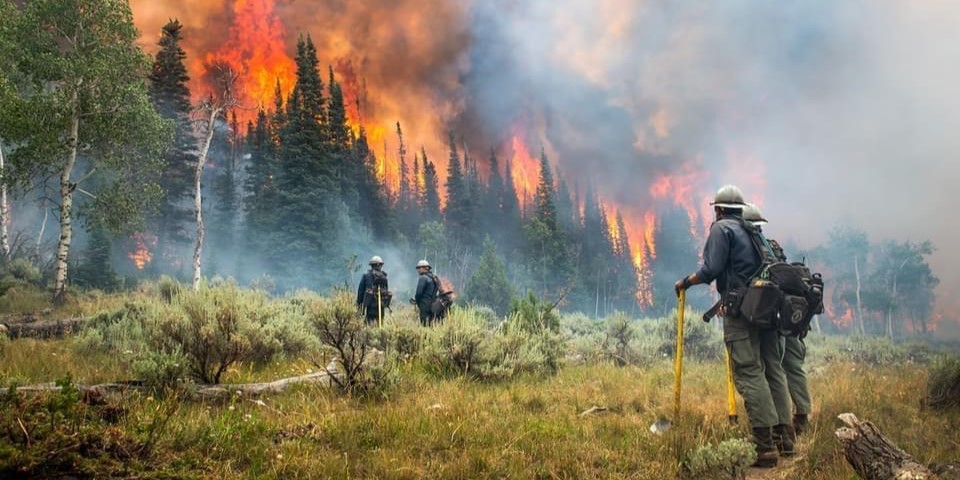Smoke from large wildfires traps sunlight, making days warmer and drier.
Others are reading now
A new study from UC Riverside has found that soot from large wildfires in California traps sunlight, making days warmer and drier. This shows how wildfires can change the local weather, creating conditions that can lead to more fires.
Understanding the Impact of Wildfires
Most studies focus on how climate change causes more wildfires. This study looked at the opposite: how large fires change the weather.
“I wanted to learn how the weather is affected by aerosols emitted by wildfires as they’re burning,” said James Gomez, the lead author and a UCR doctoral student.
Gomez studied peak fire days and emissions from the past 20 years, focusing on cooler and wetter days during fire season. This helped him see how fires affected the weather.
Also read
Key Findings
Published in the journal Atmospheric Chemistry and Physics, the study found that large fires increased daily temperatures by about 1 degree Celsius. The soot from the fires traps heat and lowers humidity, making it harder for clouds to form.
“Fires emit smoke with black carbon, or soot. Since it is very dark, the soot absorbs sunlight more than bright or reflective things,” Gomez explained.
With fewer clouds and less rain, the heat gets worse, creating a cycle that can lead to more fires.
Types of Aerosols
Aerosols from fires can be reflective or absorptive.
Reflective aerosols, like sulfate aerosols from fossil fuel burning, can cool the environment by reflecting sunlight. But cutting down these aerosols to improve air quality can make climate change worse, leading to more fires.
Absorptive aerosols like black carbon from wildfires trap heat, raising temperatures and reducing cloud formation.
“The black carbon emitted from these California wildfires is not increasing the number of clouds,” Gomez said. “It’s hydrophobic.”
Implications and Solutions
The study found that days with fewer fire emissions had less of a heating effect.
Gomez suggests that reducing CO2 emissions and using better land management could help lower the number of large wildfires.
“There is a buildup of vegetation here in California. We need to allow more frequent small fires to reduce the amount of fuel available to burn,” Gomez said.
“With more forest management and more prescribed burns, we could have fewer giant fires. That is in our control.”


